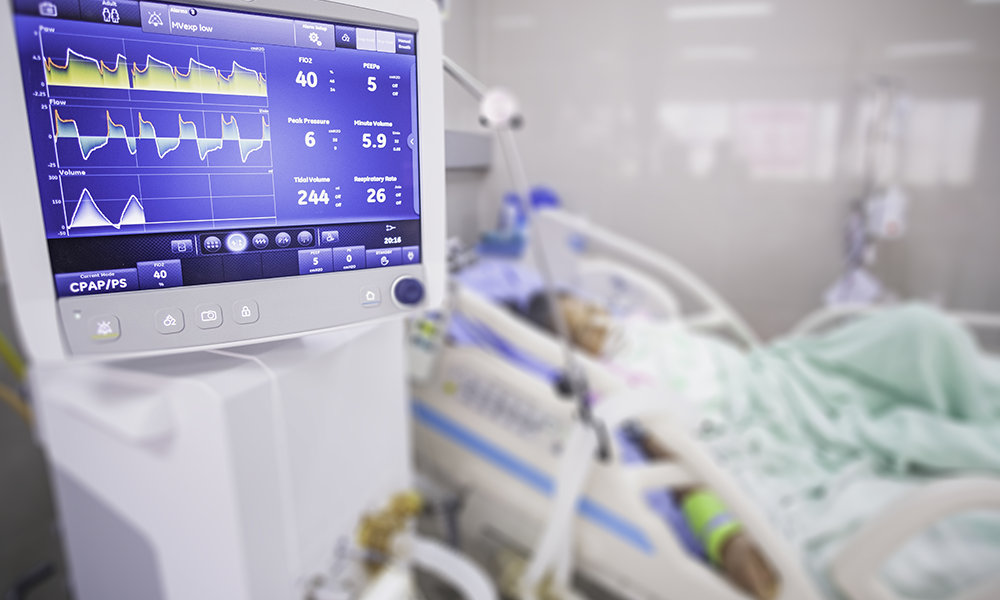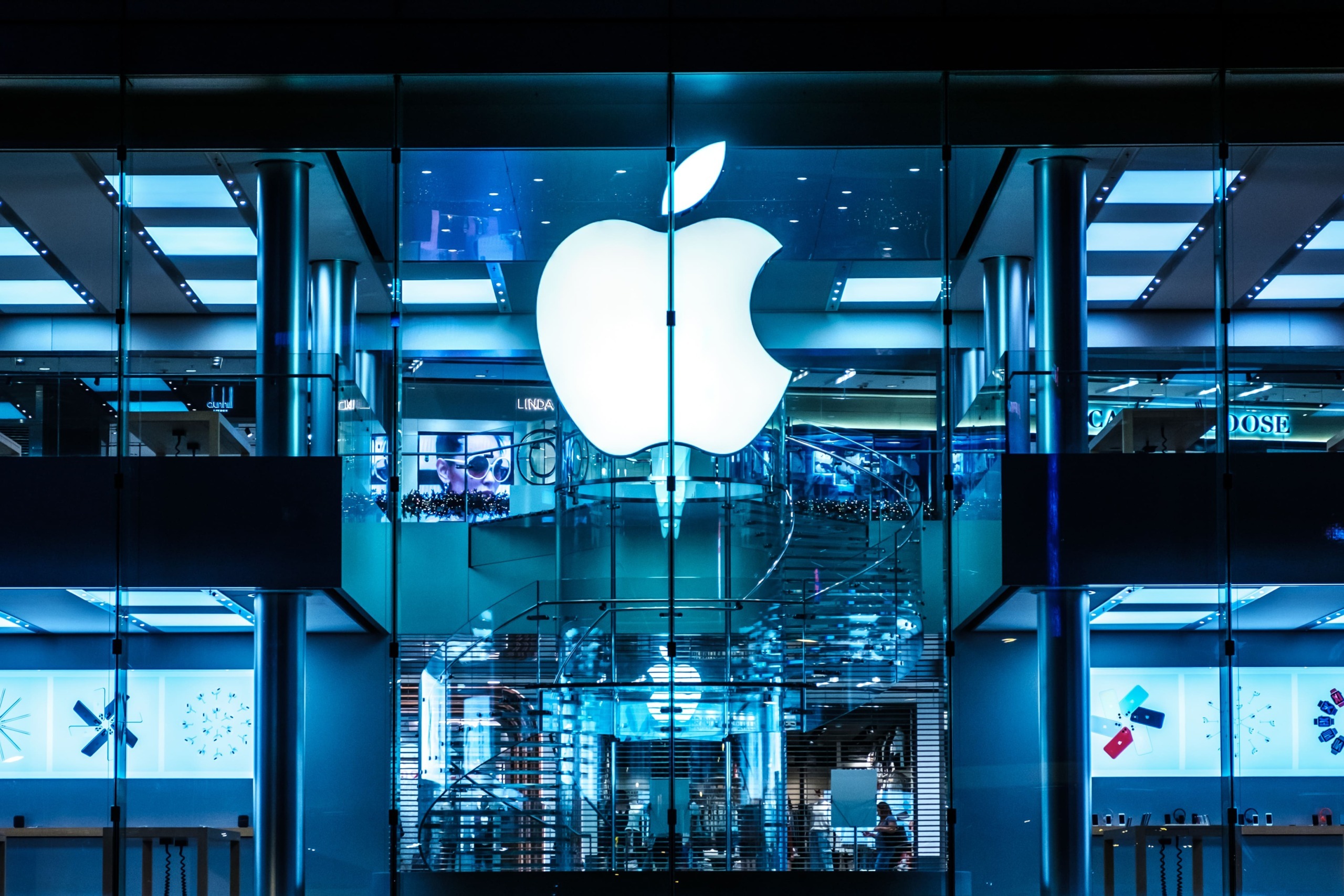Predicting The Impact Of Coronavirus: How Healthcare Organizations Forecast Demand, ICU Capacity, And A Second Wave
2 July 2021
Even before the COVID-19 pandemic hit, healthcare systems were starting to leverage the power of predictive analytics to better anticipate and administer care. When the novel coronavirus began to spread across the globe there was increased pressure to understand and predict the surge and its impact on individual care facilities by not only healthcare administrators but also public health officials and government entities charged with making decisions about stay-at-home orders.

Due to the rapid rate of spread, the goal was to control the outbreak so that the number of patients requiring intensive care beds and support wouldn’t exceed capacity.
Here, you can watch a video interview with Nina Monkton, chief insight officer, on how they are using analytics in the UK National Health Service:
I recently spoke with the Orlando Agrippa, CEO of Draper & Dash, a London-based healthcare AI and machine learning predictive data and analytics company, about how his firm supported healthcare systems and patients before and throughout the crisis and plans to do so into the future.
“Our normal day job pre-COVID was to work with hospitals and help to predict how long patients would be in the bed and, more importantly, how to get them discharged effectively. As we saw the emergence of the virus, we considered how to flip this technology on its head to help hospitals see into the future, plan ahead, and the impact that the virus would have on beds and very limited ICU/high-intensity beds. What does our capacity look like not only in volume but in complexity?” Agrippa explained.
Hospitals Leverage Data and Technology
Globally, hospitals operate similarly, and many hospitals leverage data and technology that drives the data to work out the potential impact of COVID but also to help better operate under normal times when not under the strain of a pandemic. The goal of predictive analytics is to use data from events in the past to predict what would likely occur in the future based on patterns identified by data analysis.
Agrippa’s team used data that was available from countries who experienced COVID-19 earlier, such as Singapore, to inform the machine-learning models used to help predict the impact on healthcare systems that were preparing for it to hit.
In reality, data and the analysis of it allow decision-makers in healthcare and government to be one step ahead of events to make better-informed decisions about clinical, financial, administrative, customer service, and even data security issues, among other business functions.
Draper & Dash’s focus during COVID was to use a mix of structured and unstructured data to inform decisions at the hospital and system level. They fed the models data that was deemed reliable either because of its source or it passed the firm’s data confidence tests. They juxtaposed real-time data with a hospital’s historical data that included specific information about that hospital’s population, screening programmes, the population’s underlying conditions, and even how splits in the economic category in that population have impacted healthcare outcomes in the past. Then machine learning algorithms would get to work to produce predictive models that would inform decision-making around the issues faced with COVID-19.
Forecasting Demand, ICU Capacity, and a Second Wave
The novel coronavirus is quite complex and has a spread rate almost double of the normal flu. In addition, there are asymptomatic carriers, lack of testing kits, and many months before a vaccine or cure will be developed, all with the potential to overwhelm our healthcare systems. While there are tremendous challenges, today, we have the power of data and technology such as machine learning on our side, unlike previous pandemics such as the Spanish Flu of 1918.
Personal electronic devices such as smartwatches, smartphones, fitness trackers, and the like provide data professionals with an unprecedented amount of data that can provide valuable contact tracing for countries using it to monitor the contagion of the disease. This data can be extremely beneficial in trying to contain the spread of the disease.
By looking at the historical contagion of COVID-19 since it first was identified in Wuhan, China, and impacted populations first hit, the information is extremely beneficial in understanding how it might impact other populations and how fast. This knowledge helps healthcare systems forecast the demands on their resources.
The patient journey through the hospital and analysis of the flow of patients through various stages of the disease can help determine if there are enough ICU beds and ventilators to accommodate the predicted need.
As Agrippa explained to me, “This pandemic has demonstrated the problems that people are struggling with are the same things. It gives us a great opportunity to learn quickly.” The more data that has been accumulated as COVID-19 travelled around the globe, the better machine learning algorithms can use that information to understand how the virus operates and to create more accurate models.
Health experts agree that in the fall, we will have not only COVID-19 to battle, but it will become exacerbated by seasonal influenza, causing an incredible strain on our healthcare systems. At that point, we will have more data available to continue learning and to enable algorithms to arm healthcare and public official decision-makers with the best intel to make decisions.
The Future of AI, Data, Healthcare
Even before COVID, there was a real issue around the lack of a clinical workforce to accommodate the demand for care globally. COVID just compounded that issue. The stark reality is that we aren’t able to “grow” doctors fast enough to meet the needs. Agrippa said the future of technology, AI, and data in the healthcare system would be an acceleration of creating clinical decision support tools. Using technology, and also the learnings from COVID, to help clinical teams profile patients with the highest risk, optimise pathways and discharge patients faster will be the goal.
You can watch the full interview with Orlando Agrippa here:
Related Articles
20 Generative AI Tools For Creating Synthetic Data
The AI revolution that we’re currently living through is a direct result of the explosion in the amount of data that’s available to be mined and analyzed for insights.[...]
How To Tell Reality From Fiction Amid The AI-Driven Truth Crisis
The artificial intelligence narrative swings between utopian dreams and dystopian nightmares, often overshadowing the nuanced reality of its current capabilities and limitations.[...]
7 Ways To Turn The ‘Bring Your Own AI’ Threat Into An Opportunity
As AI tools become increasingly accessible, companies face a new trend: BYOAI, or bring your own AI.[...]
AI Gone Wild: How Grok-2 Is Pushing The Boundaries Of Ethics And Innovation
As AI continues to evolve at breakneck speed, Elon Musk's latest creation, Grok-2, is making waves in the tech world.[...]
Apple’s New AI Revolution: Why ‘Apple Intelligence’ Could Change Everything
Apple's announcement of 'Apple Intelligence' marks a seismic shift in how we interact with our devices.[...]
Why AI Models Are Collapsing And What It Means For The Future Of Technology
Artificial intelligence has revolutionized everything from customer service to content creation, giving us tools like ChatGPT and Google Gemini, which can generate human-like text or images with remarkable accuracy.[...]
Sign up to Stay in Touch!
Bernard Marr is a world-renowned futurist, influencer and thought leader in the fields of business and technology, with a passion for using technology for the good of humanity.
He is a best-selling author of over 20 books, writes a regular column for Forbes and advises and coaches many of the world’s best-known organisations.
He has a combined following of 4 million people across his social media channels and newsletters and was ranked by LinkedIn as one of the top 5 business influencers in the world.
Bernard’s latest book is ‘Generative AI in Practice’.










Social Media